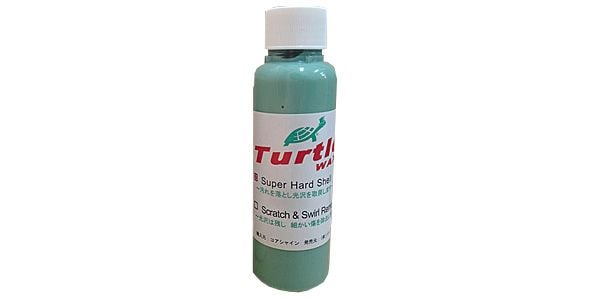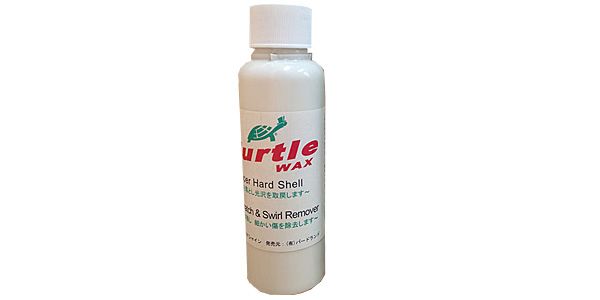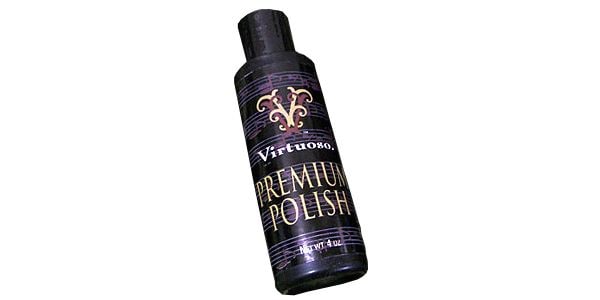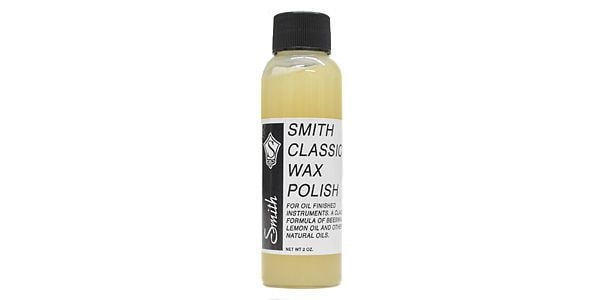Nemoto here!
This time I would like to talk about maintenance.
Many people do not know the details about chemicals used, and even players with a decent career often do not use the appropriate ones or use them in an inefficient way.
So I think I'll explain it or introduce a life hack, so to speak. This time I’m looking at polish and wax.
First of all, I think that most people understand that "polish removes dirt and wax polishes". It's a correct understanding, but few people (except for the professional repairman) can talk about it in more detail.
First, let's talk about dirt and scratches. If you mess this up, you may choose the wrong product. Whether you need polish or wax depends on whether it's dirt or scratches ath you’re dealing with. Dirt is mainly sweat, sebum, old wax, tobacco tar and dust, and a cloudiness due to incompatible polish (caused by a reaction with the finish).
Imagine frosted glass for scratches. Frosted glass reveals a pattern of fine scratches on the glass surface. Similarly, small scratches cause your instrument to lose its brilliance.
■ About polish
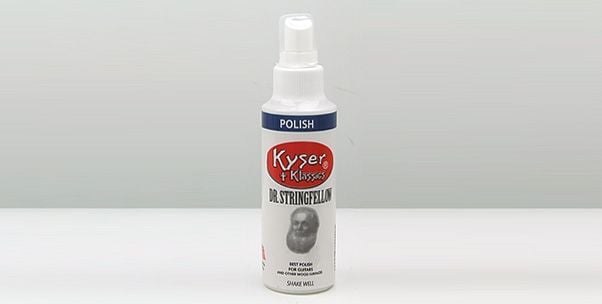
First of all, I will explain the polish.
Polish is used to make a flat surface by removing dirt. The method for removing dirt is basically "polishing" or "dissolving" it. The dirt is scraped off, or the dirt is melted and floats, and then wiped off to remove the dirt. It is often written on polish labels that "Satin finishes may be glossy. If you use it for a delicate finish such as varnish, oil, vintage instruments, please try it in an inconspicuous place before applying it". This is because if you "polish", the finish may be scraped off along with the dirt, and as a result of the finish reacting unexpectedly to an unsuitable detergent, it is "dissolved" and wiped off together with the polish resulting in discoloration or keloid-like scratches.
By the way, polishes that are said to be usable with any kind of finish and vintage-only polishes are made after thoroughly investigating the characteristics of the finish, the strength of the finish film, and the properties of stains on musical instruments. Although it depends on the product, it may be a stronger chemical than general polish, so it is better not to handle it with bare hands.
■ About wax
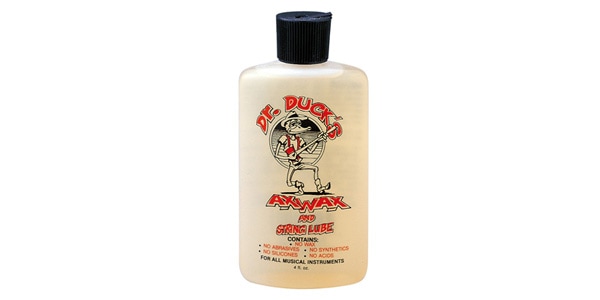
Next is wax.
Wax fills the scratches and makes the surface shiny. Since it is not scraped off, there is almost no risk of damaging the finish. It's easier than polishing. However, it may react with the finish and have an adverse effect, so be sure to test it in an inconspicuous place.
Wax also protects the finished surface by forming a film. In other words, it is basically ineffective against dirt, and if you are not good at it, you may be just covering the dirt with a film. So let's use it after removing the dirt. If it contains an abrasive and has a cleaning effect, you can use it without removing the dirt, but the effect is inferior.
I'll say it again: don't forget to test it in an inconspicuous place.
Polish if you are concerned about dirt, wax if you are concerned about scratches. Please use these properly according to the condition of your instrument.
It is also important what kind of finish it has, so I think it is good to have multiple products for multiple finishes.
Some shampoos, such as conditioner-blended shampoo, claim that you can finish with just one shampoo, so if you use it, you only need one.
Don't forget to wipe off the excess after applying both polish and wax. Excess chemicals have bad effects. Specifically, if it hardens and becomes a stubborn stain, or if it remains like water droplets, only that part will adversely affect the finish. Incidentally, I'm talking about metal parts. If you use polish on the plated parts, the plating may come off. Basically, it is better not to use polish, but to wipe it carefully with water and then dry it to completely remove the water before applying wax. However, if there’s rust all over or if spot rust is seen, polish → wax is also an option, but be aware that the plating may peel. Polishing may not be clear, so you can sandpaper or use a compound to polish it. This you must judge for yourself.
If the parts get stuck, use a penetrating lubricant or a metal cleaner. Please be sure to wipe off any excess lubricant or cleaner as it may adversely affect the wood.
However, if a screw is rusted, it may break if you apply force, so if it does not turn, use a penetrating lubricant, and then turn the screw to remove it. If that doesn't work, give up or bring it to a musical instrument store for repair.
There is no body or cover, but if you handle the instrument carefully and wipe it properly every day, it is quite unlikely that you will have to use chemical cleansers (although it does not mean that it will take longer to get dirty to a level that hinders use). At best, you can wipe it with water. I'm a business man who owns multiple instruments, and I don't have time to polish my instruments every day, so I have to rely on chemicals ...
Lastly, I will introduce my favorite items. Thank you very much.
Dr. Duck's / AX WAX
Ken Smith / classic wax polish
Virtuoso / premium polish
Turtle wax / scratch&swirl remover
Turtle wax / super hard shell
Kaiser / KDS500






